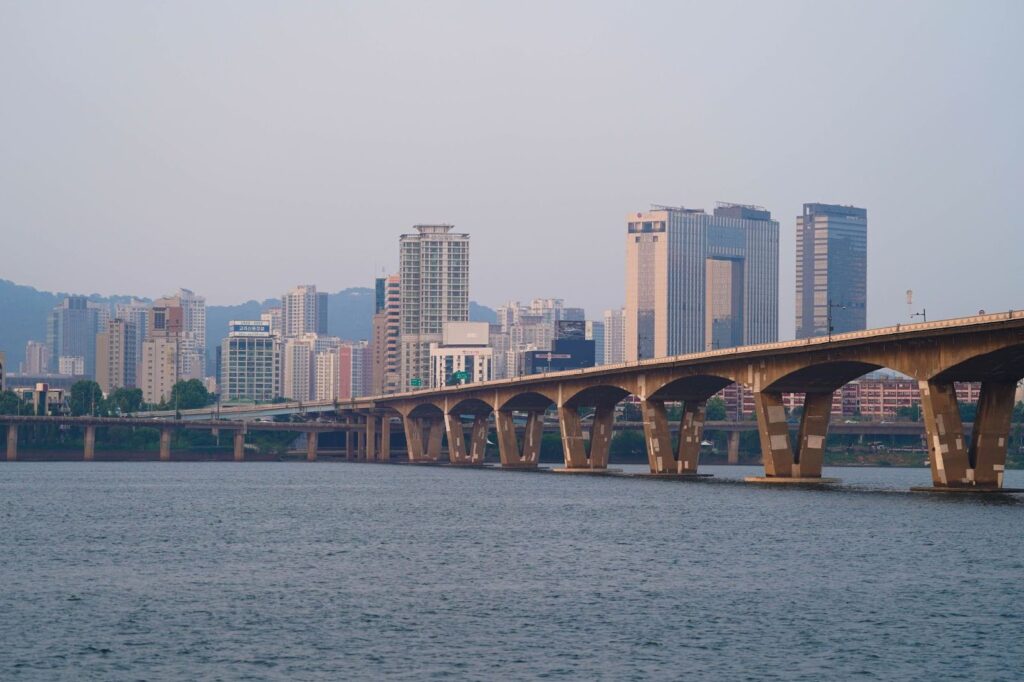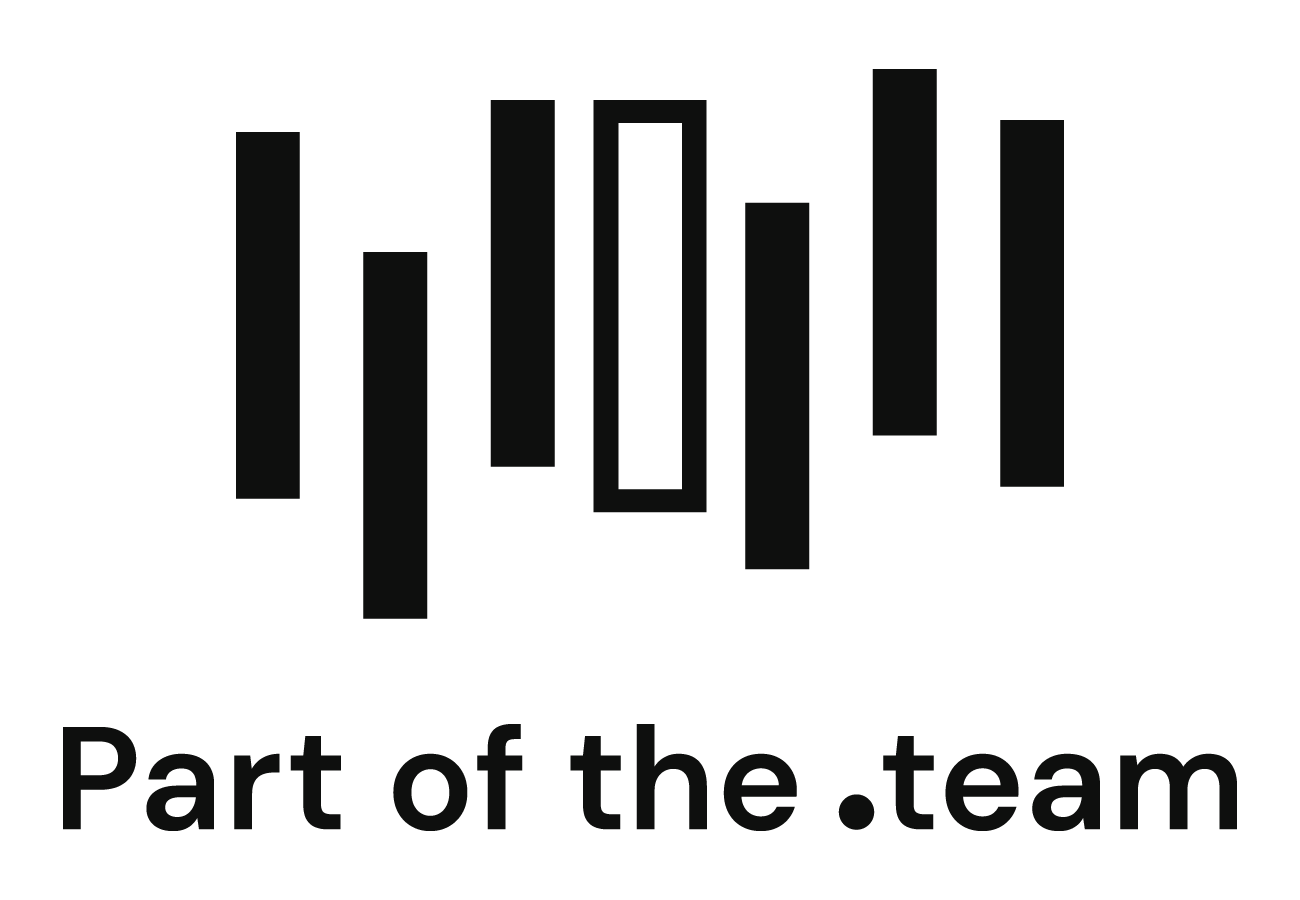Introduction: A Journey of Discovery
Picture this: I’m standing in the heart of Seoul, surrounded by towering skyscrapers and the constant buzz of activity. It’s been two months since my trip to South Korea, but the lessons I learned are still fresh in my mind. As I reflect on my experiences and connect them with the insights from Mike Paton and Lisa González’s book “Process!”, I can’t help but see the parallels between South Korea’s economic transformation and the potential for service businesses to revolutionize their operations.

1. Embrace the ‘Pali-Pali’ Mindset
In South Korea, I encountered the concept of ‘pali-pali’, which means “hurry, hurry.” This cultural emphasis on speed and efficiency is deeply ingrained in Korean business practices. It reminded me of Paton and González’s emphasis on discipline and consistency in setting businesses free.
They stick to the process even when rules can be bent. For example, we were provided with a buzzer to tell us when our Shaved Ice Mango dessert was ready (it was delicious!) even when we were the only people in a cafe late at night.

So, how can service businesses struggling to improve their processes, those who want to improve their efficiency embrace this ‘pali-pali’ mindset? As it can be transformative. Start by identifying one process that needs immediate improvement. Remember, it’s not about rushing through tasks, but about streamlining your operations to eliminate waste and boost productivity.

2. Map Your Current Processes
During my visit to South Korea I was impressed by the signage in the metro system. Not only did they have the standard route map for each line so you know which platform to stand on, but they had a lovely little light up map system that indicated where the training was on the line. Not only did it give you an idea of how long you’d be waiting, but it confirmed the directing you’ll be travelling on. Gone on confess, how often have you gotten on the tube line in the wrong direction..? In effect, it acted as a visual representation of a workflow which gave you a great orientation of what to expect. As we know workflows are crucial for identifying inefficiencies (such as traveling in the wrong direction and having to retrace our steps) and bottlenecks.
Take a page from their book and start mapping out your current business processes and be creative in how you communicate the key information. Use sticky notes on a whiteboard or digital tools – whatever works best for your team. The goal is to get a clear picture of how things are currently done and high the places where problems might occur.

3. Analyze and Redesign
At the MyEO Women’s Summit in Yeouido Park, I participated in a walking meditation that taught me the value of stepping back and reflecting. Apply this principle to your process analysis. Take a step back and scrutinize each step of your mapped-out processes. Also look at the naming of the steps and make sure you all share a common definition of the terms. Then look for tasks that can be eliminated, automated, or optimized.
Remember, as Paton and González argue, well-designed processes (which don’t need to be tremendously detailed) create freedom rather than stifling creativity. Don’t be afraid to challenge the status quo and reimagine how things could be done more efficiently.

4. Embrace Technology
South Korea’s success is partly due to its rapid adoption of cutting-edge technology. During my visit, I was impressed by how even small businesses leveraged automation and AI in their daily operations. Despite traveling north to south, east to west, It was only on the buses that we seemed to need cash, card was king.
Consider how technology can enhance your operations. Whether it’s implementing a customer relationship management (CRM) system or using project management tools, the right tech can significantly boost your efficiency. Then consider how well those tools are talking to each other.

5. Test Before Scaling
One of the most valuable lessons I learned from South Korean businesses was their approach to innovation: test small, fail fast, and scale what works. Before implementing any new process across your entire organization, pilot it on a small scale. This allows for adjustments without risking major disruptions. Particularly if you’re working on live client projects or require a large amount of investment!

6. Foster Collaboration and Shared Goals
The sense of unity I experienced during the walking meditation at Yeouido Park reminded me of the importance of collaboration in business. Involve your team in the process optimization journey. Their insights can be invaluable in identifying pain points and suggesting improvements.

Create spaces for reflection and connection within your organization, just like that serene moment in the park. It could be as simple as a weekly team huddle or a monthly brainstorming session.
7. Commit to Continuous Improvement
Standing at the DMZ (Demiliterized Zone), I was struck by the stark contrast between North and South Korea. It made me reflect on how self-imposed limitations can hinder growth. In your business, identify and challenge the constraints holding you back.
Adopt South Korea’s adaptability and commitment to continuous improvement. Regularly review and refine your procedures to stay competitive in a changing market. Remember, as Paton and González suggest, well-designed processes are enablers of creativity and innovation, not barriers.

Conclusion: Your Journey to Optimization Begins Now
As I look back on my South Korean adventure and the insights from “Process!”, I’m more convinced than ever that every solopreneur and service business has the potential for remarkable transformation. Start small, involve your team, and stay committed to improvement. Remember, just as South Korea’s economic miracle didn’t happen overnight, optimizing your workflows is a journey, not a destination. South Korea ranks 29th out of 176 in the prosperity index, not bad for a country still officially at war.
Are you ready to unlock new levels of efficiency in your service business? Let’s explore how we can apply these lessons to your unique challenges. Book a consultation with us today, and let’s start your process optimization journey together.

Remember, the path to efficiency isn’t about working harder – it’s about working smarter. Let’s make your business processes work for you, not against you. Here’s to your success!


